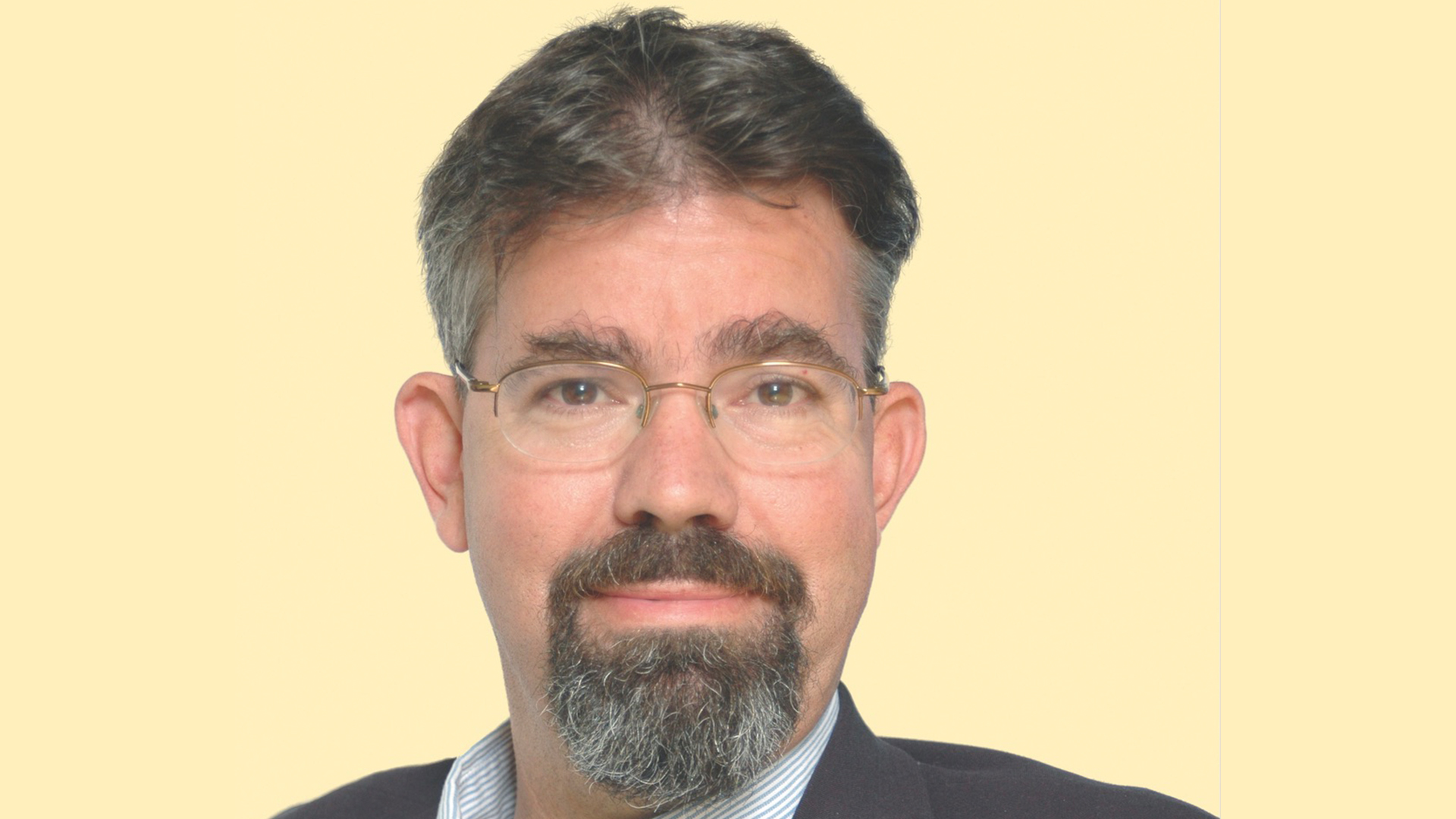NAB Applauds FCC Carriage Decision
The National Association of Broadcasters Wednesday praised the Federal Communications Commission for passing the viewability/dual-carriage rule that will require cable operators to deliver a viewable signal to both their analog and digital customers.
The cable industry has problems with the First Amendment and Fifth Amendment (taking of property) implications of mandated carriage, but it had already decided that it could voluntarily provide that carriage for three years, with the National Cable & Telecommunications Association saying that it was in an effort to help smooth the transition to digital.
The FCC adopted the mandate, with a three-year sunset, although that will be reviewed and extended if necessary.
"Yesterday’s ruling is an important step in protecting analog-cable subscribers from losing access to some of the most diverse programming on television, including religious and Spanish-language programming," NAB spokesman Dennis Wharton said. "NAB applauds the FCC for crafting a solution that prevents cable gatekeepers from discriminating against niche and minority TV stations that play a vital role in the fabric of American society."
The NAB also applauded the FCC’s decision reaffirming that cable operators have to treat TV-station signals and cable-channel signals alike in terms of the quality of the signal they deliver.
The FCC did not require operators to pass through every bit of information, as broadcasters had pushed for, agreeing with the cable industry that it would cause too much disruption to the current practice of signal compression that allows it to deliver what it says is a materially undegraded signal while still providing bandwidth for other services.
The smarter way to stay on top of broadcasting and cable industry. Sign up below
Contributing editor John Eggerton has been an editor and/or writer on media regulation, legislation and policy for over four decades, including covering the FCC, FTC, Congress, the major media trade associations, and the federal courts. In addition to Multichannel News and Broadcasting + Cable, his work has appeared in Radio World, TV Technology, TV Fax, This Week in Consumer Electronics, Variety and the Encyclopedia Britannica.

